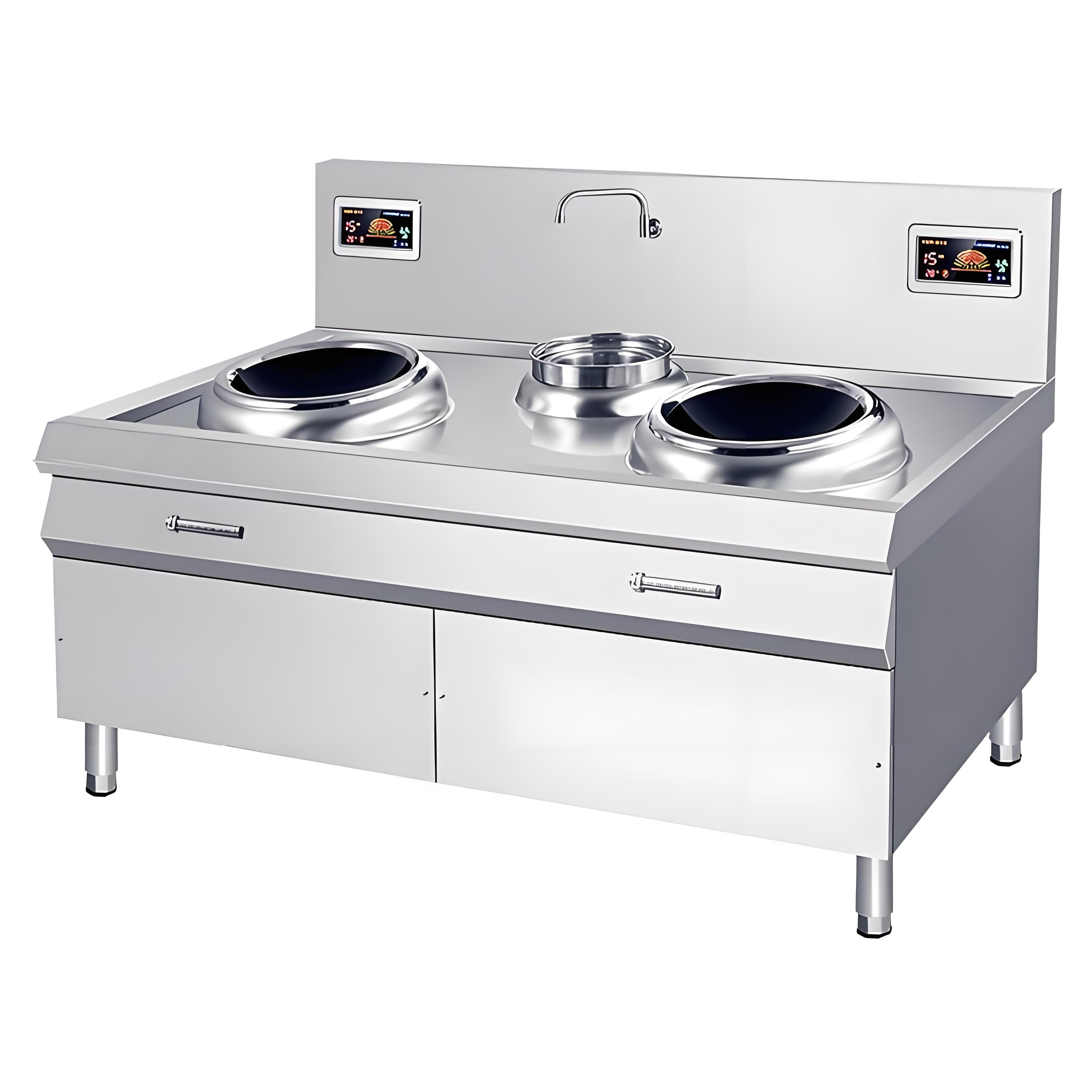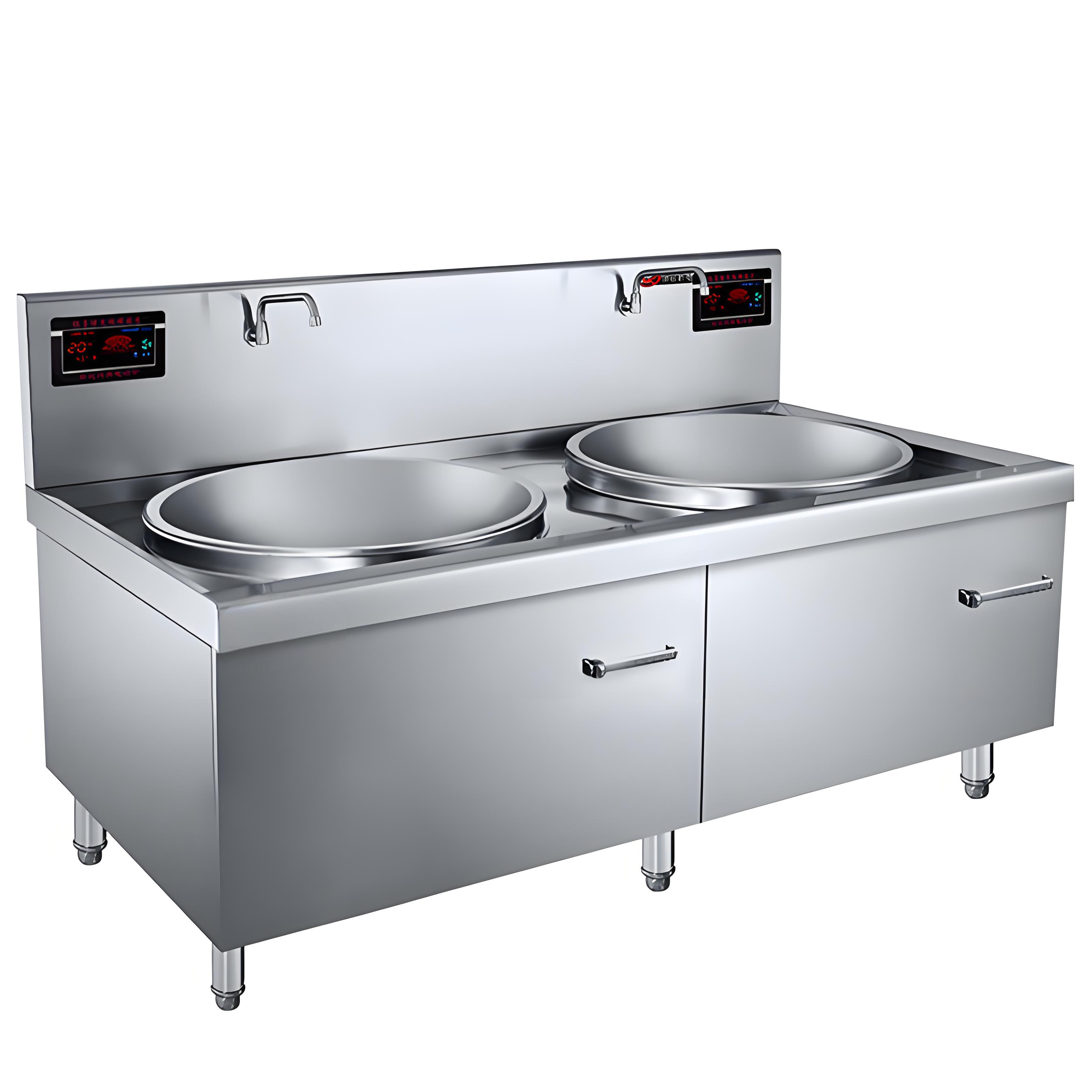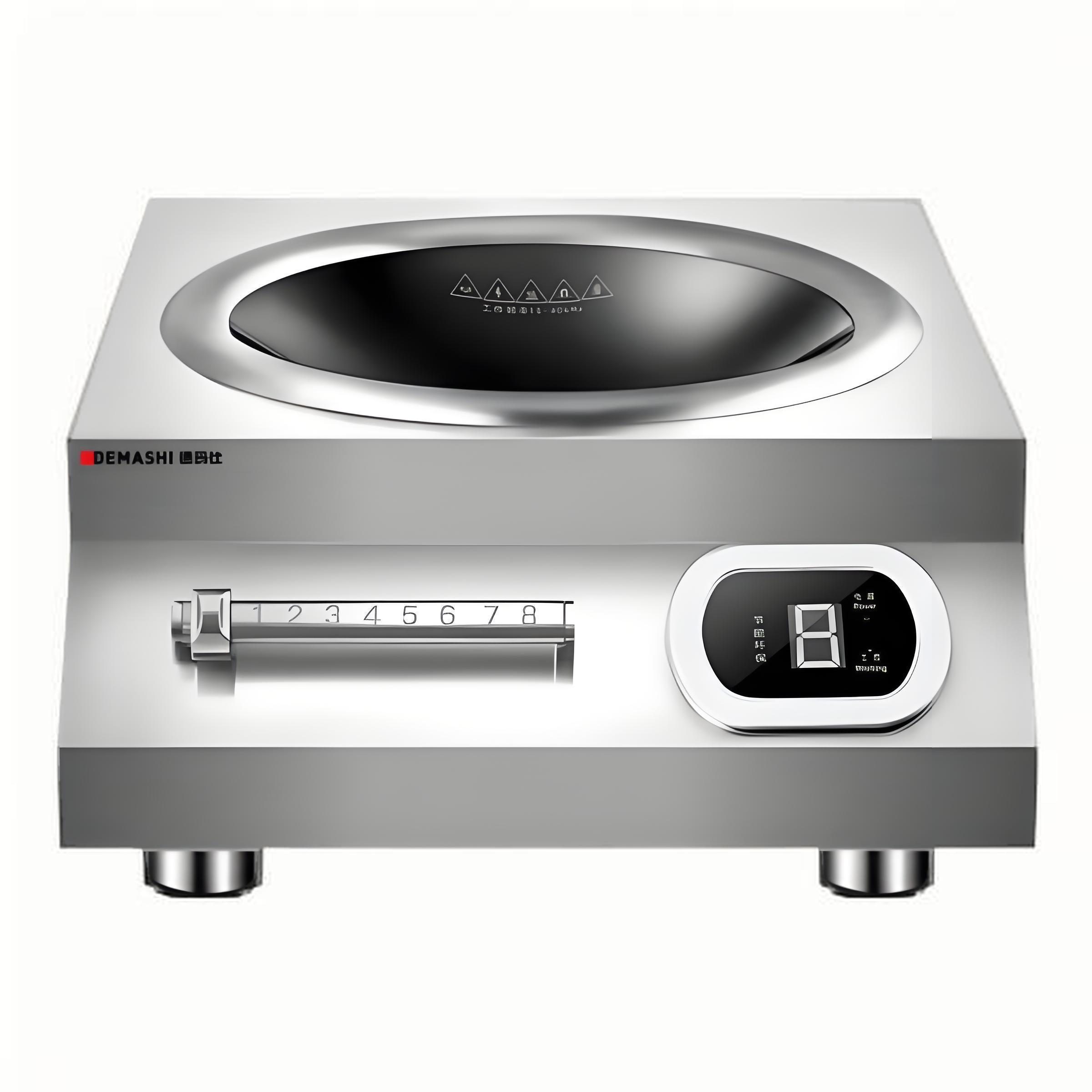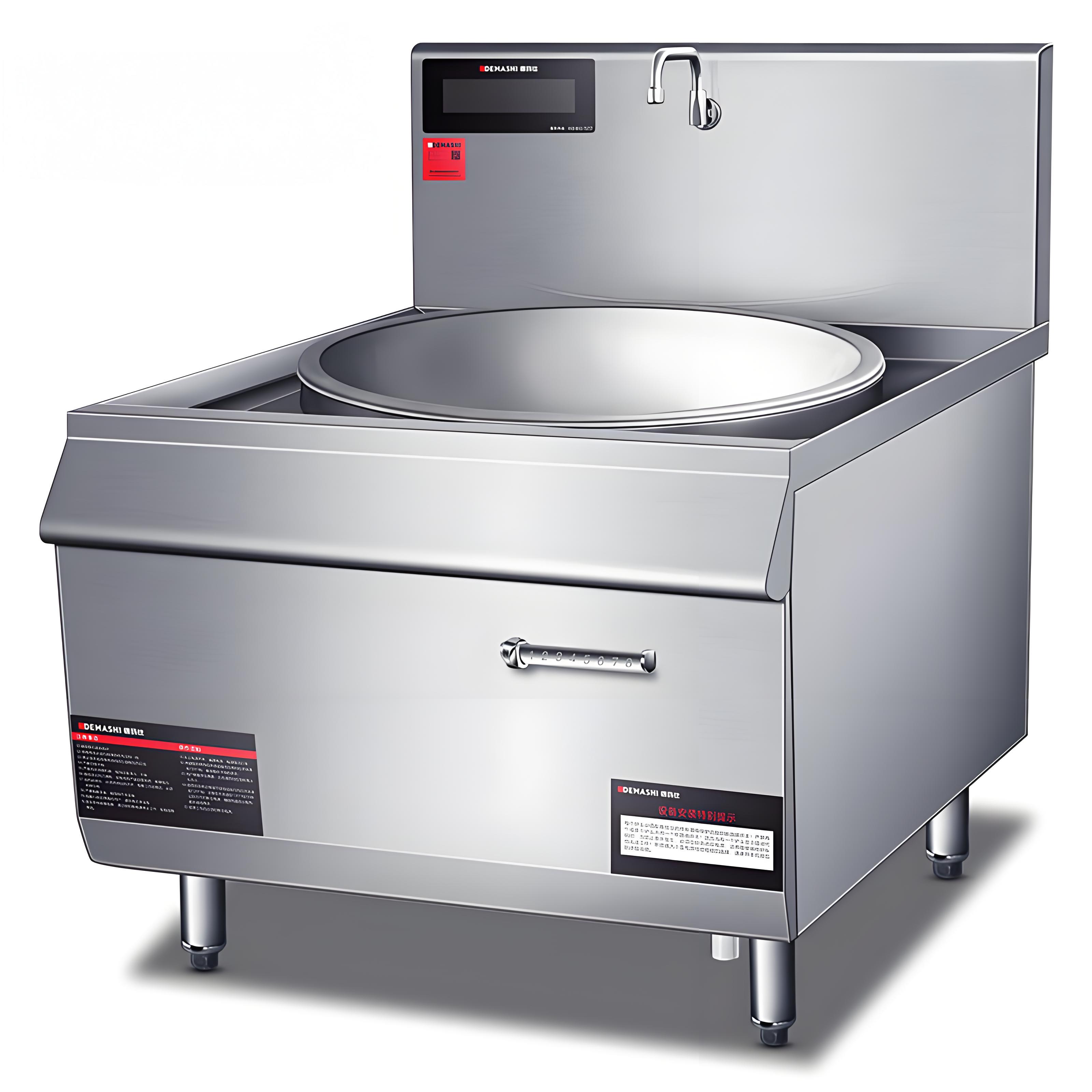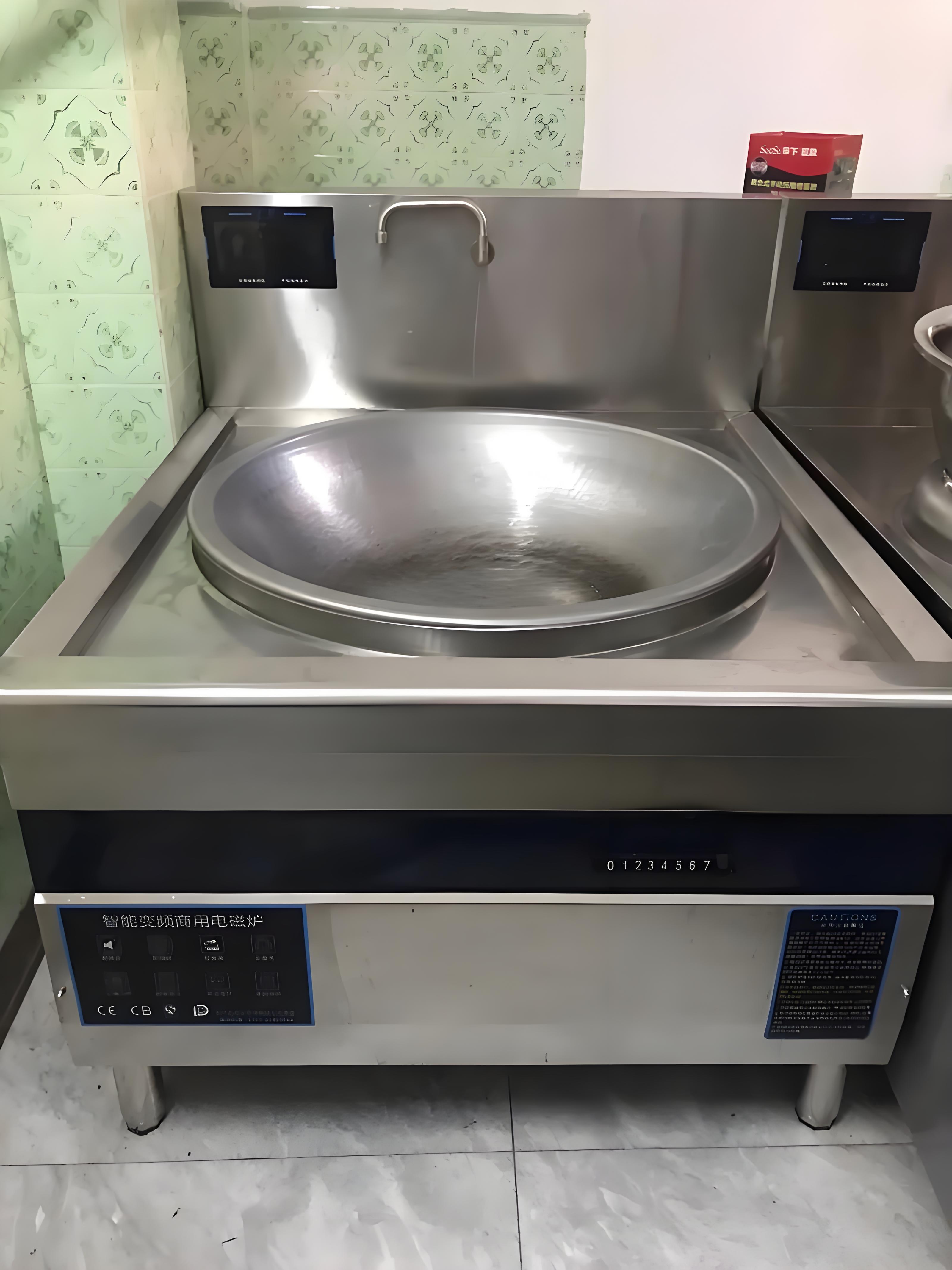Having spent years in the kitchen equipment industry, I’ve witnessed firsthand the evolution of cooking technology, from traditional gas stoves to the sleek, efficient machines dominating today’s commercial kitchens. One question I hear more and more is: “Why are large kitchens, like those in restaurants and hotels, increasingly adopting commercial induction cooktops?” It’s a trend that’s hard to ignore, and it’s not just about following the latest fad. There’s real substance behind this shift, rooted in efficiency, safety, and modern demands. In this article, I’ll break down the reasons behind this growing preference, share insights from my own experiences, and help you understand why induction is becoming the go-to choice for professional kitchens. Let’s dive in.
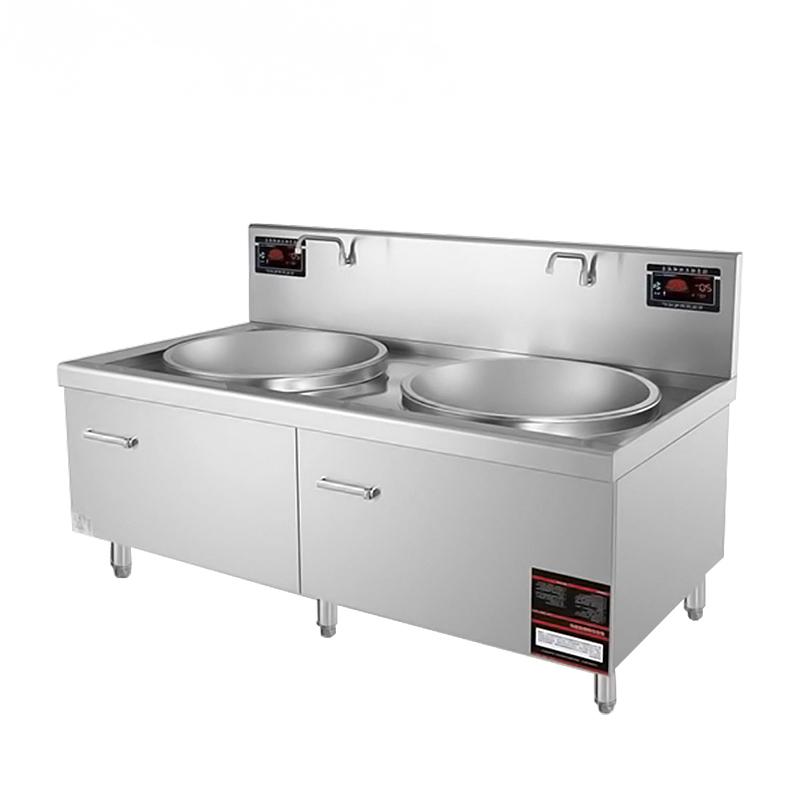
What Makes Commercial Induction Cooktops Stand Out?
For those unfamiliar, commercial induction cooktops use electromagnetic fields to heat cookware directly, unlike gas or traditional electric stoves that heat the surface or air around the pan. The technology relies on a copper coil beneath a glass-ceramic surface, which generates a magnetic field that induces heat in compatible cookware (like iron or steel). This results in precise, instant heat without open flames or glowing coils.
I remember visiting a high-end restaurant kitchen a few years back where the chef was raving about their new induction setup. “It’s like driving a sports car after years in a clunky van,” he said, grinning as he adjusted the temperature with a flick of a dial. That precision and speed are what make induction so appealing in fast-paced environments. But it’s not just about performance—there’s a whole host of reasons why large kitchens are making the switch.
Key Reasons Large Kitchens Are Embracing Induction
Let’s explore the driving forces behind this trend, based on my observations and conversations with chefs, restaurant owners, and equipment suppliers.
1. Unmatched Energy Efficiency
Energy costs are a massive concern for large kitchens, where stoves run for hours daily. Induction cooktops are incredibly energy-efficient, converting up to 90% of energy into heat for cooking, compared to gas (around 40%) or traditional electric (60-70%). This efficiency translates to lower utility bills—a big deal for businesses operating on thin margins.
I once consulted for a hotel chain upgrading its banquet kitchen. They were skeptical about the upfront cost of induction units but were sold after seeing a 30% drop in energy costs within the first year. That’s real money saved, especially for kitchens churning out hundreds of meals daily.

2. Enhanced Safety
Safety is non-negotiable in a bustling kitchen. Induction cooktops stay cool to the touch unless compatible cookware is present, reducing burn risks. There’s no open flame, so the chance of fire hazards drops significantly. Plus, they shut off automatically when cookware is removed, which is a lifesaver in chaotic environments.
I recall a story from a colleague who worked with a chain restaurant that had a small grease fire on a gas stove. The incident prompted them to switch to induction across their locations. The kitchen staff felt safer, and the insurance company was thrilled, too.
3. Precision and Speed
In a professional kitchen, timing is everything. Induction cooktops offer instant heat adjustments, allowing chefs to go from a rolling boil to a gentle simmer in seconds. They also heat up faster than gas or electric—water boils in nearly half the time. This speed keeps service on track during peak hours.
During a catering event I helped oversee, the kitchen team used induction cooktops to prepare delicate sauces that required precise temperature control. The chef told me, “With gas, I’d be babysitting the flame. Here, I set it and forget it.” That kind of reliability is gold in high-pressure settings.
4. Cleaner and Cooler Kitchens
Large kitchens can feel like saunas, especially with gas burners pumping out heat. Induction cooktops produce minimal ambient heat, keeping the workspace cooler and more comfortable. They also don’t emit combustion byproducts like carbon monoxide, making the air cleaner.
I visited a newly renovated kitchen in a resort last summer, and the difference was striking. The staff noted how much easier it was to work long shifts without the oppressive heat of their old gas setup. Cleaner air also meant fewer complaints about lingering odors on uniforms.
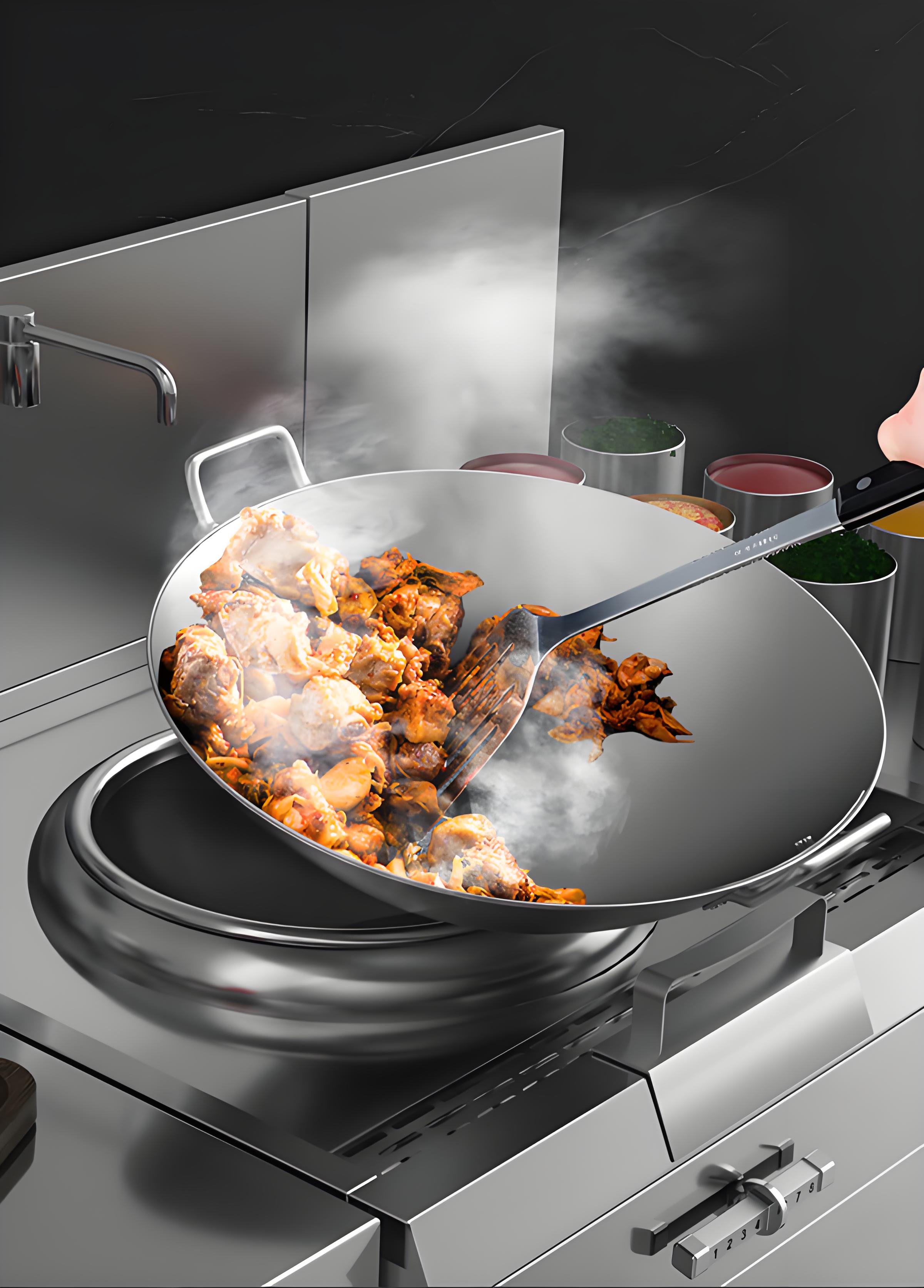
5. Sustainability and Modern Appeal
With diners increasingly eco-conscious, restaurants are under pressure to adopt sustainable practices. Induction cooktops align with this by reducing energy waste and eliminating gas-related emissions. They also fit the sleek, modern aesthetic of contemporary kitchens, which appeals to both chefs and customers.
A trendy bistro I worked with made a big deal about their “green kitchen” in marketing materials, highlighting their induction setup. It wasn’t just a gimmick—it resonated with customers and boosted their brand image.
Comparing Induction to Other Cooking Methods
To give you a clearer picture, here’s a table comparing commercial induction cooktops to gas and traditional electric options:
| Feature | Induction | Gas | Electric | Best For |
|---|---|---|---|---|
| Energy Efficiency | Up to 90% energy-to-heat conversion | ~40% efficiency, high energy waste | ~60-70% efficiency | High-volume kitchens, cost savings |
| Safety | Cool surface, no flames, auto shut-off | Open flames, fire risk | Hot surfaces, slower to cool | Safety-conscious environments |
| Speed | Fastest heating, instant control | Moderate heating speed | Slower heating, less precise | Fast-paced service, delicate dishes |
| Maintenance | Easy to clean, flat surface | Burners need regular cleaning | Coils or plates harder to clean | Busy kitchens with limited cleanup time |
This table shows why induction is gaining traction—it’s a powerhouse in efficiency, safety, and ease of use, though it’s not without its challenges, which I’ll cover next.
Challenges and Considerations
No technology is perfect, and induction has its hurdles. First, the upfront cost can be steep—commercial units often cost thousands more than gas or electric equivalents. However, the long-term savings in energy and maintenance often offset this.
Second, induction requires compatible cookware (magnetic materials like cast iron or stainless steel). If a kitchen’s existing pots and pans aren’t compatible, replacing them adds to the investment. I once saw a restaurant delay their switch because they hadn’t budgeted for new cookware.
Third, power supply is a factor. Induction cooktops demand significant electricity, and older kitchens may need electrical upgrades to handle the load. A client of mine had to rewire part of their kitchen to accommodate a new induction line, which added to the project timeline.
Finally, some chefs still prefer the tactile feel of gas flames, especially for techniques like wok cooking or charring. While induction has come a long way (with specialized units for woks, for example), it’s not a one-size-fits-all solution.
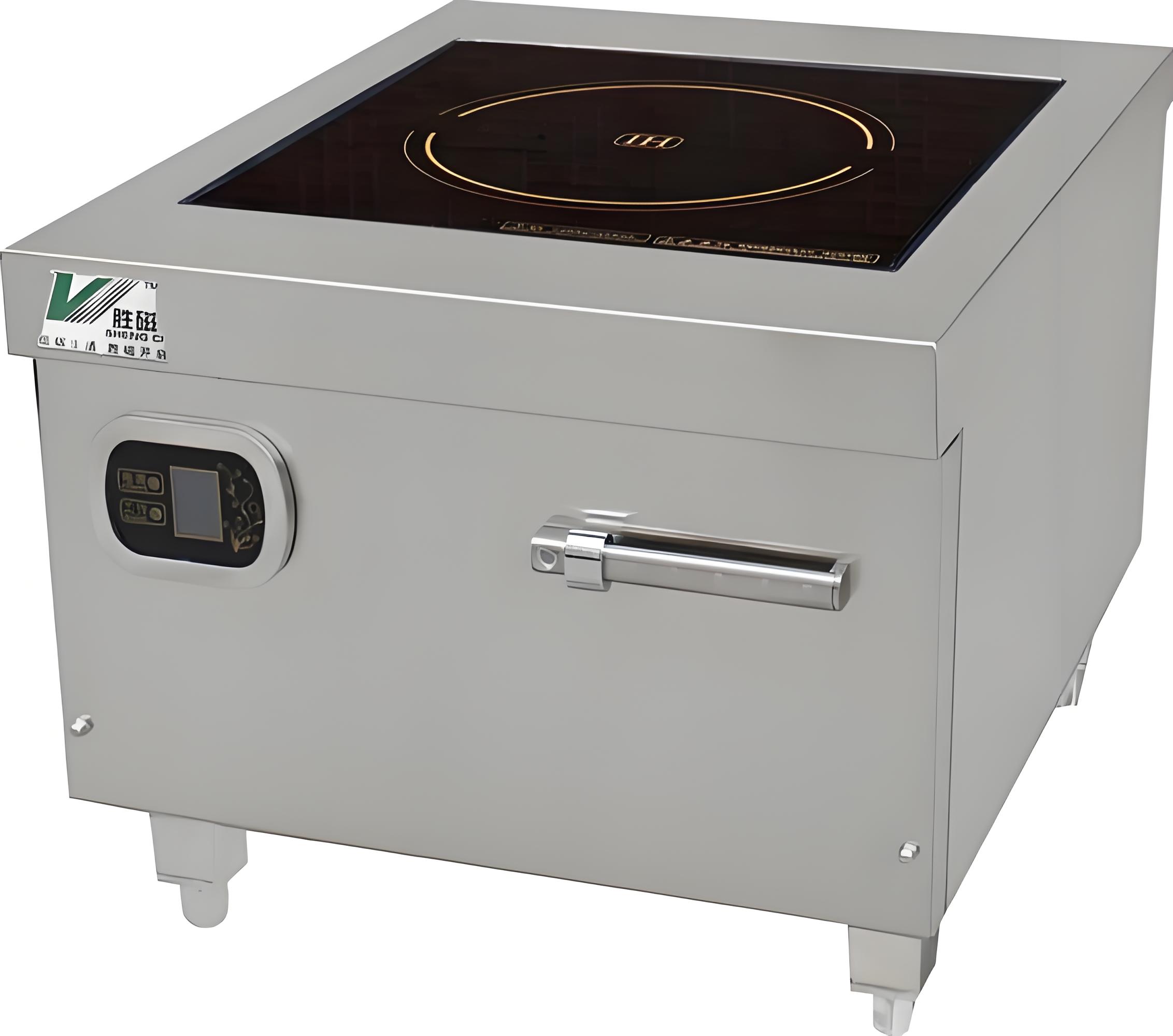
Real-World Applications in Large Kitchens
So, where exactly are commercial induction cooktops making their mark? Here are some common scenarios, drawn from my industry experience:
1. High-Volume Restaurants
In busy restaurants, induction cooktops shine during peak hours. Their speed and precision keep orders moving, and the easy-to-clean surface is a godsend during quick turnarounds. A chain I worked with switched their sauté stations to induction, cutting prep time by 20% during dinner rushes.
2. Hotel Banquet Kitchens
Banquet kitchens need to churn out hundreds of plates with consistent quality. Induction’s precise temperature control ensures every dish meets the chef’s standards. I saw this in action at a wedding venue where induction units handled everything from sauces to grilled proteins flawlessly.
3. Catering and Pop-Up Events
Portable induction units are a game-changer for caterers. They’re lightweight, safe, and don’t require gas lines, making them ideal for off-site events. I helped set up a pop-up dinner where induction cooktops powered the entire kitchen, and the setup was done in hours, not days.
4. Eco-Friendly and Fine Dining
Upscale restaurants use induction to align with sustainability goals and create a polished kitchen environment. A Michelin-starred restaurant I visited showcased their induction setup to guests during kitchen tours, emphasizing both performance and eco-friendliness.
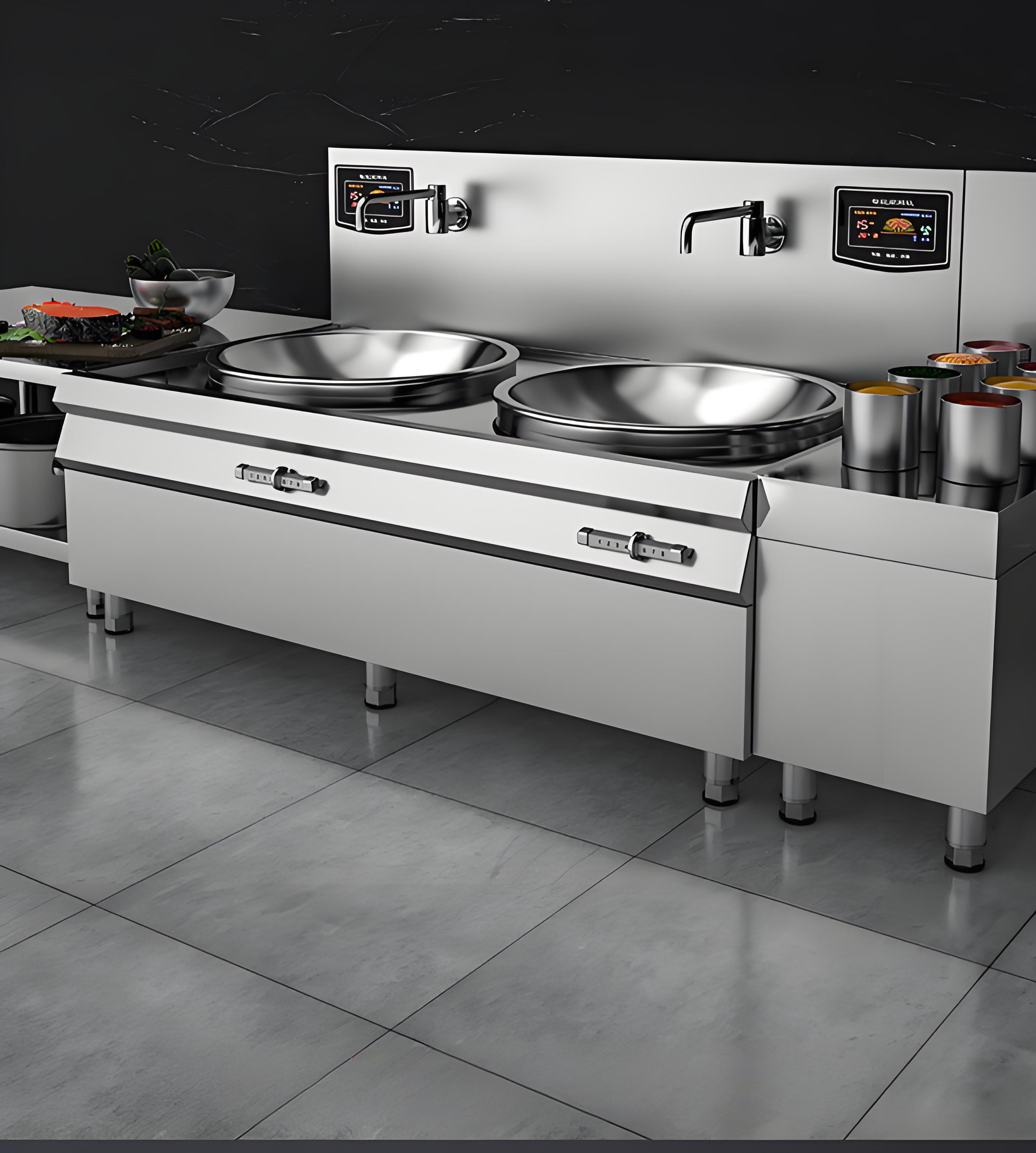
How to Choose the Right Induction Cooktop
If you’re considering induction for a large kitchen, here’s my advice on picking the right unit:
Assess Power Needs: Check your kitchen’s electrical capacity. High-powered units (e.g., 5-10 kW) may require three-phase power. Consult an electrician to avoid surprises.
Match to Menu: Choose models based on your cooking style. For example, wok-specific induction units exist for Asian cuisine, while multi-zone cooktops suit varied menus.
Prioritize Durability: Look for units with robust glass-ceramic surfaces and stainless steel frames to withstand heavy use. Brands like Vollrath or Hatco are known for reliability.
Check Warranty and Support: Commercial kitchens run hard, so opt for brands with strong warranties (2+ years) and local service networks. I once dealt with a supplier who offered same-day repairs, which saved a client during a busy season.
Test Before Buying: If possible, demo the unit. I’ve seen chefs fall in love with a cooktop’s responsiveness after a quick test, while others realized the controls weren’t intuitive for their team.
When I helped a mid-sized restaurant transition to induction, we spent a day testing three models. The staff’s feedback on ease of use and heat control sealed the deal for a particular brand, and they’ve been happy ever since.
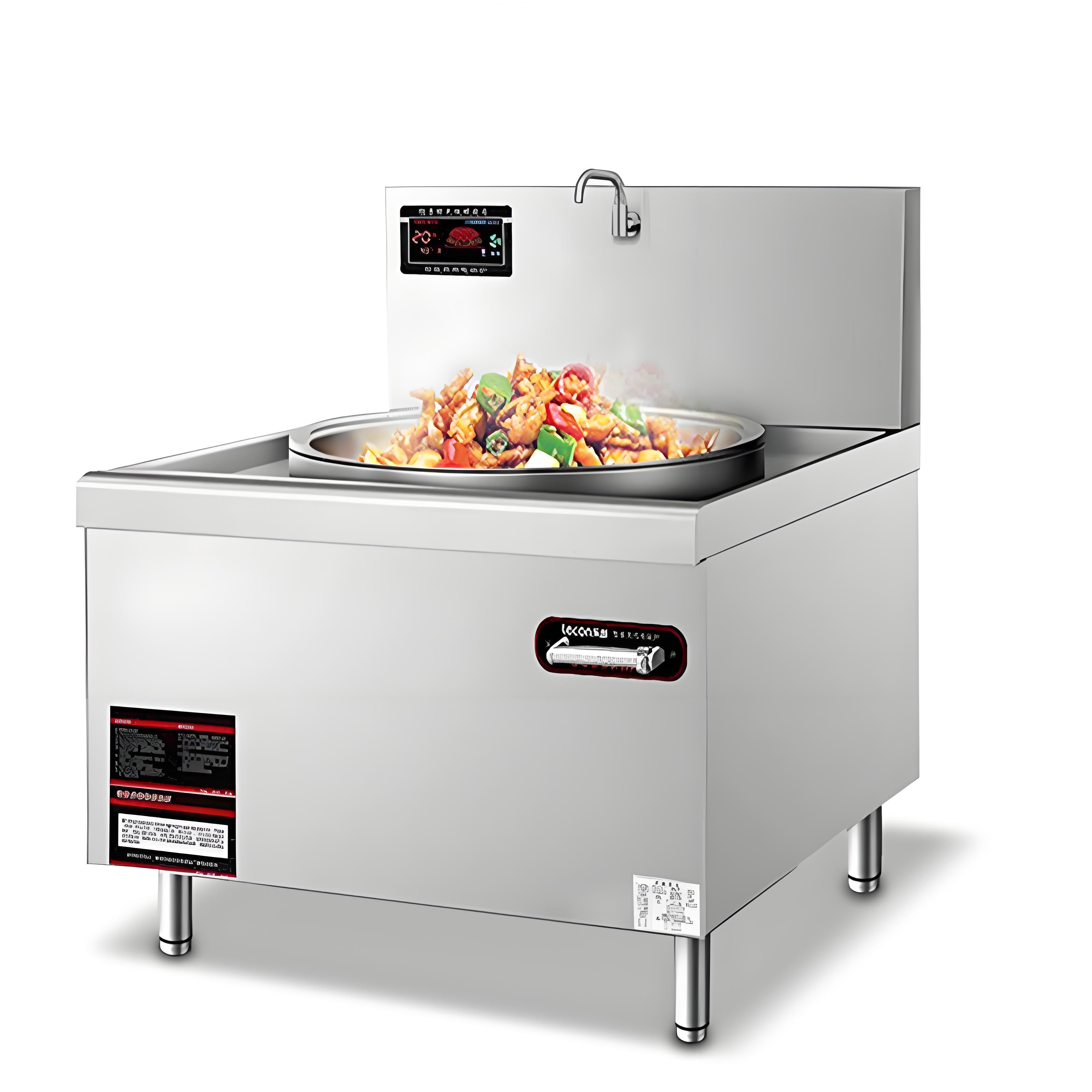
The Future of Induction in Commercial Kitchens
The shift to induction is more than a trend—it’s a glimpse into the future of professional cooking. As energy costs rise and sustainability becomes a priority, induction’s efficiency and eco-friendliness make it a natural fit. Innovations like smart induction cooktops with IoT connectivity are emerging, allowing chefs to monitor performance remotely or integrate with kitchen management systems.
I recently attended a trade show where a manufacturer showcased an induction unit with AI-driven temperature regulation—perfect for consistent results in high-pressure kitchens. Meanwhile, improvements in durability and power output are making induction viable for even the most demanding tasks, like high-heat stir-frying.
Challenges like high initial costs and cookware compatibility will continue to ease as technology advances and prices drop. I’m confident that within a decade, induction will dominate commercial kitchens, much like gas once did.
Final Thoughts
The move to commercial induction cooktops in large kitchens isn’t just about keeping up with trends—it’s about smarter, safer, and more sustainable cooking. From slashing energy bills to improving staff safety and speeding up service, induction delivers benefits that gas and electric stoves can’t match. Yes, there are challenges like upfront costs and cookware requirements, but the long-term gains make it a worthwhile investment for most operations.
Having worked with kitchens of all sizes, I’ve seen how the right equipment can transform operations. Induction isn’t just a tool; it’s a game-changer that empowers chefs to focus on their craft while saving time, money, and energy. If you’re running a large kitchen or planning a new one, it’s time to give induction a serious look.
Got questions about induction cooktops or need help choosing the right setup? Feel free to reach out—I’d love to share more insights!
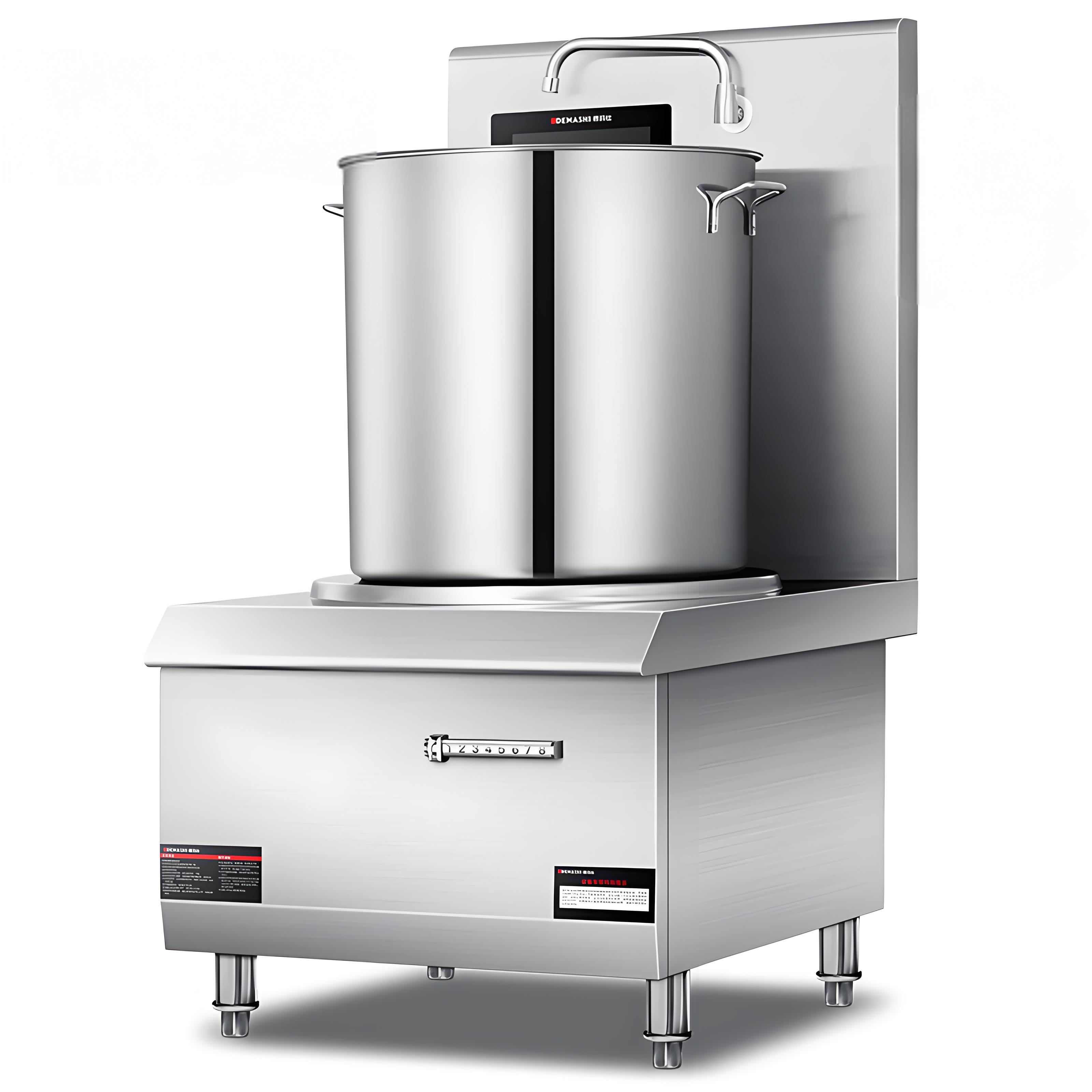
Related Questions
Q: Are induction cooktops more expensive to run than gas?
A: No, induction cooktops are typically cheaper to run due to their high energy efficiency (up to 90% vs. gas at 40%). Exact costs depend on local electricity and gas rates, but most kitchens see savings over time.
Q: Can any cookware be used on induction cooktops?
A: Only magnetic cookware (like cast iron or certain stainless steels) works. Test with a magnet—if it sticks to the pan’s base, it’s compatible. Non-compatible cookware requires replacement.
Q: Are induction cooktops hard to maintain?
A: They’re easy to clean thanks to their flat, smooth surfaces. Wipe with a damp cloth and mild detergent. Avoid abrasive cleaners to protect the glass-ceramic top.
Q: Do induction cooktops work during power outages?
A: No, they require electricity, unlike gas stoves. For kitchens in areas with frequent outages, a backup power source (like a generator) may be necessary.
Q: How long do commercial induction cooktops last?
A: With proper care, quality units last 7-10 years or more in heavy use. Regular maintenance and choosing reputable brands extend lifespan significantly.
